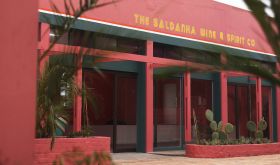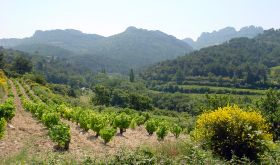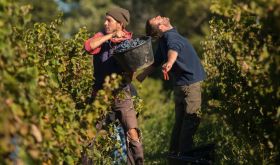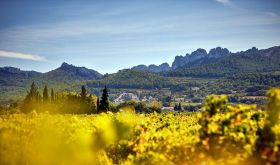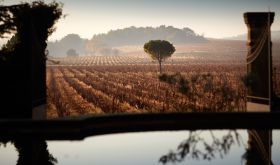2012 wine books – South America


By Paul O'Doherty. See our guide to 2012 wine book reviews.
Vintage Moquegua
History, Wine and Archaeology on a Colonial Peruvian Periphery
Prudence M Rice
University of Texas Press
£18/$30
Charting the remarkable story of Peru’s wineries, Rice, distinguished professor of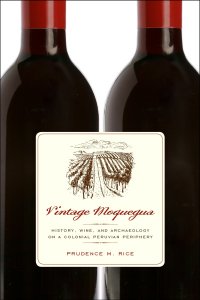 anthropology at Southern Illinois University Carbondale, has come up with one of those books that, despite arriving under the radar, is a fascinating read and deserves to be enjoyed at the top table. One of the less well-known centres of viticulture, the tiny Moquegua Valley in deep southern Peru in the western mountains, 1,000 kilometres south of Lima...
anthropology at Southern Illinois University Carbondale, has come up with one of those books that, despite arriving under the radar, is a fascinating read and deserves to be enjoyed at the top table. One of the less well-known centres of viticulture, the tiny Moquegua Valley in deep southern Peru in the western mountains, 1,000 kilometres south of Lima...

Celebrating 25 years of building the world’s most trusted wine community
In honour of our anniversary, enjoy 25% off all annual and gift memberships for a limited time.
Use code HOLIDAY25 to join our community of wine experts and enthusiasts. Valid through 1 January.
- Access 286,046 wine reviews & 15,812 articles
- Access The Oxford Companion to Wine & The World Atlas of Wine
- Access 286,046 wine reviews & 15,812 articles
- Access The Oxford Companion to Wine & The World Atlas of Wine
- Early access to the latest wine reviews & articles, 48 hours in advance
- Access 286,046 wine reviews & 15,812 articles
- Access The Oxford Companion to Wine & The World Atlas of Wine
- Early access to the latest wine reviews & articles, 48 hours in advance
- Commercial use of up to 25 wine reviews & scores for marketing
- Access 286,046 wine reviews & 15,812 articles
- Access The Oxford Companion to Wine & The World Atlas of Wine
- Early access to the latest wine reviews & articles, 48 hours in advance
- Commercial use of up to 250 wine reviews & scores for marketing
More Book reviews
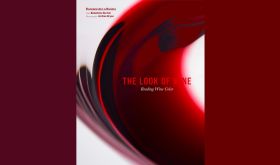
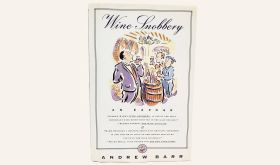


More from JancisRobinson.com
